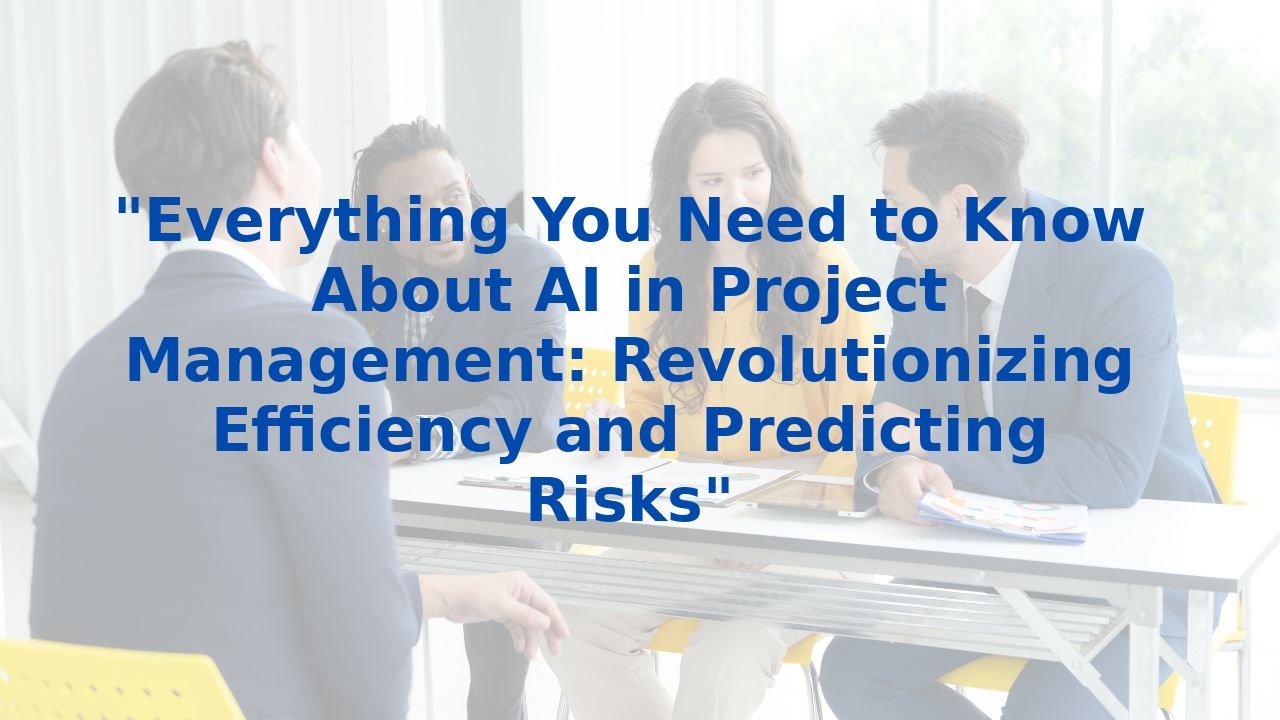The Ultimate Guide to the Packaging Development Process and How AI is Revolutionizing It
The Ultimate Guide to the Packaging Development Process and the Role of AI
In a consumer-driven market, packaging is an essential component that goes beyond mere aesthetics. It protects products, promotes brand identity, and increasingly lays the groundwork for sustainability. To craft packaging that resonates with both consumers and the environment, one must grasp the packaging development process. In this blog post, we’ll delve into this process and unveil how integrating AI can enhance efficiency, effectiveness, and responsibility in packaging endeavors.
Step 1: Identifying Product Needs
The first step in the packaging development process is recognizing the specific needs of a product. This includes understanding the physical properties of the product, the expectations of consumers, and the marketing goals of the brand. The nuances of material toughness, shelf-life, and transportation are all pivotal aspects to consider.
Here’s where AI shines. By leveraging data analytics, organizations can better understand consumer behavior and preferences. Pattern recognition and predictive analysis empower businesses to forecast market trends, resulting in packaging that not only meets but exceeds customer expectations.
Step 2: Material Selection
Choosing the right materials for packaging is critical. They should not only protect the product but also adhere to environmental standards. With sustainable practices in focus, manufacturers are often faced with a wealth of choices that can be overwhelming.
AI assists in narrowing down material selections by providing comprehensive evaluations of options based on cost, durability, and environmental impact. By using machine learning algorithms, businesses can simulate and model different material performances under various conditions, eliminating the guesswork and minimizing waste.
Step 3: Designing the Packaging
The design phase goes hand-in-hand with material selection. Packaging design needs to align with brand identity while also being functional. It should attract consumer attention and communicate the desired message clearly.
Innovative software powered by AI can facilitate creative design processes, generating options based on extensive databases of consumer preferences and successful packaging strategies. AI algorithms can assess design elements, such as color psychology and typography, enhancing the chances of greater consumer engagement.
Step 4: Consumer Testing
Once the initial design is crafted, the next crucial step is consumer testing. Feedback loops are vital to assess whether the packaging resonates with the target audience. This is where qualitative data shines but can often be limited due to the resources required for comprehensive testing.
AI transforms consumer testing by employing natural language processing and sentiment analysis to aggregate feedback efficiently. This means faster iterations on designs that accurately reflect market desires, leading to a holistic understanding of how packaging affects consumer behavior.
Step 5: Supplier Selection
The final step in the packaging development process is selecting the right suppliers. Various factors need consideration, including reliability, cost, and sustainability alignment. Because the packaging lifecycle is interconnected, the choice of suppliers can heavily influence the efficacy of your packaging.
AI has the capability to analyze supplier performance metrics, aiding organizations in making data-driven decisions. By applying predictive analytics on supply chain data, businesses can foresee potential risks and choose suppliers who not only meet financial constraints but also adhere to sustainable practices.
Embracing AI for Enhanced Efficiency
The integration of AI throughout the packaging development process offers unprecedented efficiency and effectiveness. From product identification to supplier selection, organizations that leverage AI can achieve reduced costs, faster time-to-market, and improved sustainability metrics. In an era where consumers are increasingly conscious of environmental impact, making informed decisions becomes critical.
Investing in Employee Training for AI Adaptation
However, to harness the true potential of AI, organizations need a workforce equipped with the right skills. Investing in AI training for employees ensures that they are not only adept at using advanced tools but also empowered to think critically about data insights. This adaptation can create a culture of innovation, where teams are driven to leverage AI for continuous improvement in packaging processes.
As businesses evolve, understanding the intricacies of the packaging development process will remain essential. With thoughtful integration of AI, organizations can create packaging that is not only sustainable and cost-effective but also deeply resonant with consumers. It’s a win-win scenario, and the time to embrace this transformation is now.
Are you ready to equip your workforce with AI skills? Explore our comprehensive training solutions to harness the power of AI for your business!



